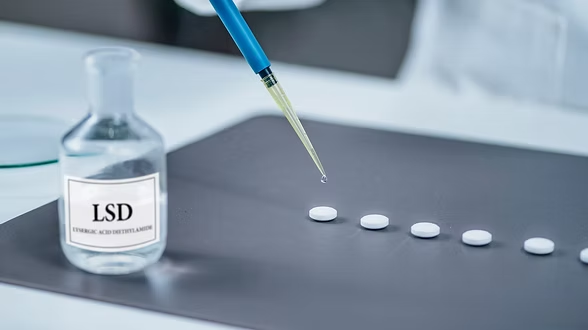Nicotine, the primary addictive substance in cigarettes and many vaping products, exerts powerful effects on the brain. While many people associate nicotine use with relaxation or stimulation, its impact on the nervous system is far more complex. Understanding how nicotine interacts with the brain helps explain why quitting is so difficult and why addiction develops so quickly.
How Nicotine Enters the Brain
When a person smokes or vapes, nicotine is absorbed through the lungs and enters the bloodstream. From there, it reaches the brain within seconds. Chemically, nicotine is an alkaloid Crystal Galaxy Focus 2 that can easily cross the blood–brain barrier due to its small, fat-soluble structure. This rapid delivery creates an almost immediate effect, reinforcing the urge to use nicotine repeatedly.
The Role of Neurotransmitters
Nicotine primarily acts on the brain’s nicotinic acetylcholine receptors (nAChRs). These receptors normally respond to the neurotransmitter acetylcholine, which regulates functions such as attention, memory, and arousal. When nicotine binds to these receptors, it overstimulates them, causing the release of several neurotransmitters, most notably dopamine.
Dopamine is often referred to as the brain’s “reward chemical.” It generates feelings of pleasure and satisfaction. By artificially stimulating dopamine release, nicotine creates a strong sense of reward, making the brain associate nicotine use with positive reinforcement. This is the foundation of nicotine addiction.
The Cycle of Dependence
Over time, repeated nicotine exposure changes the brain’s chemistry. The brain adapts by increasing the number of nicotinic receptors and adjusting dopamine pathways. As a result, the user develops tolerance, meaning they need more nicotine to achieve the same pleasurable effect. At the same time, when nicotine levels drop, withdrawal symptoms such as irritability, anxiety, difficulty concentrating, and strong cravings set in. This cycle of relief and withdrawal keeps users dependent.
Cognitive and Emotional Effects
Nicotine doesn’t just affect the reward system; it also influences other parts of the brain. Many users report enhanced concentration, reduced stress, and mood regulation. This is partly because nicotine increases the release of neurotransmitters such as serotonin and norepinephrine, which improve focus and elevate mood. However, these effects are short-lived. Once the nicotine wears off, mood dips and irritability return, encouraging another dose.
Adolescent Brain Vulnerability
Nicotine addiction is particularly concerning in teenagers and young adults. The adolescent brain is still developing, especially in areas related to decision-making, impulse control, and learning. Exposure to nicotine during this critical period can alter brain circuits more permanently, making young users more susceptible to long-term addiction and cognitive issues.
Breaking Free from Addiction
Overcoming nicotine addiction requires more than willpower because the brain has been chemically rewired to crave it. Treatments such as nicotine replacement therapies (patches, gum, lozenges), medications like varenicline, and behavioral counseling work by easing withdrawal symptoms and retraining the brain’s reward system. Vaping is sometimes used as a harm-reduction tool, though its role remains debated.
Conclusion
Nicotine addiction is deeply rooted in brain chemistry, involving the hijacking of neurotransmitter systems that control pleasure, mood, and attention. By stimulating dopamine release and altering receptor activity, nicotine creates powerful dependence that is challenging to break. Understanding these brain processes is the first step toward developing effective strategies to combat addiction and help individuals regain control of their health.


